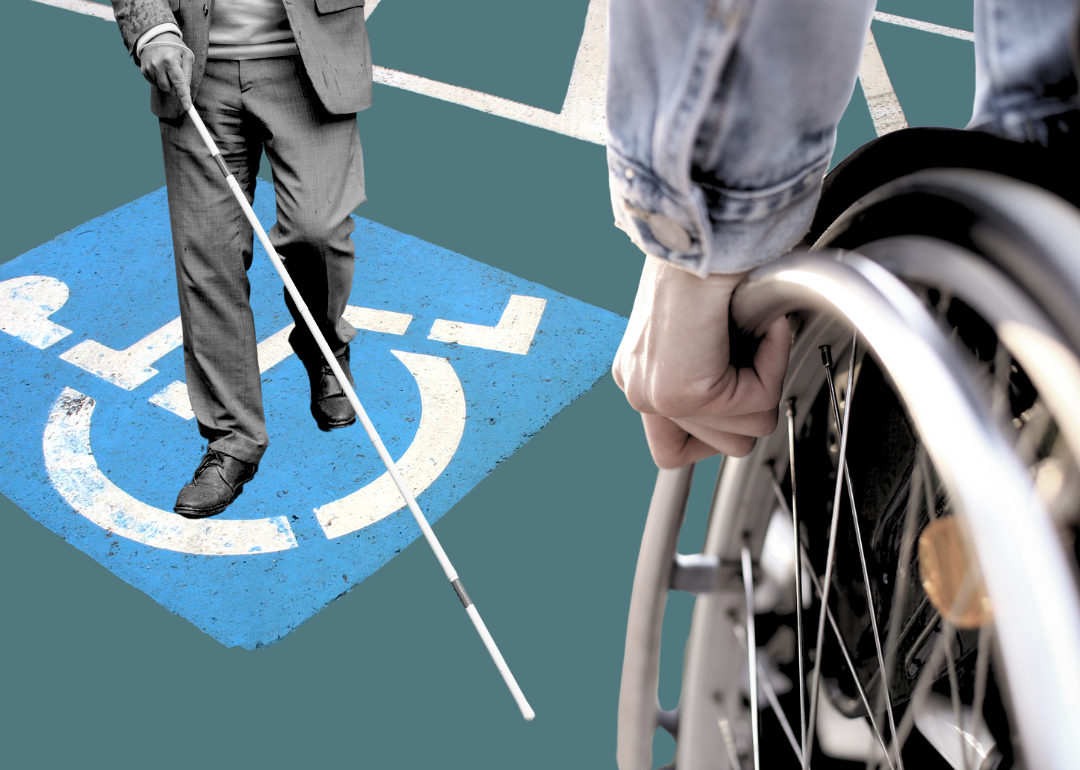In Indiana, approximately 14.2% of people have a disability, the most common being a mobility impairment. People with disabilities may have co-occurring disabilities, such as hearing and vision impairments or mobility issues, that make it difficult for them to live independently.
Nationwide, 13.4% of Americans report having one or more disabilities, with the most common disability being mobility-related. Approximately 7% of Americans have a condition that prevents or impedes their ability to walk. Ensuring accessibility for people with mobility issues requires the greatest infrastructure changes, such as adding ramps and elevators to buildings, adding lifts to pools and hot tubs, and providing wheelchair spaces on public transportation.
Helping these people has also spurred technological advances, such as increasingly advanced wheelchairs and vehicles that people with amputations can drive. In the digital world, accessibility means things like proper spacing of text and buttons so users can enlarge the text, click exactly where they want, no time limits, and avoiding forced drag-and-drop interfaces.
Disabilities that limit the ability to live independently (reported by 6% of Americans) are also common nationwide. Barriers to living independently include physical or mental limitations that prevent one from completing errands or household chores. These barriers, along with self-care disabilities, most often result in the need for a caregiver, whether that be a family member living with them, an in-home caregiver, or placement in a nursing home.
Individualized treatment plans, skill-development training, and smart home technology help people with independent living disabilities maintain their independence, while flexible work schedules, remote work capabilities, and family and medical leave provide more opportunities for families to better support their disabled loved ones.
Approximately 6% of Americans have cognitive disabilities, such as autism or dementia, that can impair their ability to concentrate and make decisions. To increase accessibility for people with these disabilities, individuals and organizations can communicate information in multiple modes, including audio, text, and images. Website interfaces can provide multiple navigation options to make them easily accessible to everyone. Consistency, predictability, and simplicity in websites, signage, and other communications increase accessibility for people with these disabilities and clarity for all viewers.
Deafness, which affects 3.7 percent of Americans, is increasingly featured in the media, from blockbuster movies like “A Quiet Place” to central characters in shows like Marvel’s “Hawkeye” and AMC’s “The Walking Dead.” Deaf social media influencers are also spreading knowledge of American Sign Language. Subtitling is becoming more common among people who are not deaf.
Accessibility has also improved for people with visual impairments (which affect 2.5% of Americans): People who experience partial or total blindness now have better access to more specific alternative text/descriptions for images, voice recognition technology, integrated color vision testing, and more.
Understanding the specific needs within our communities is essential to eliminating stigma and continually improving accessibility in the physical and digital worlds for all Americans.
This story features data reporting and writing by Paxtyn Merten and is part of a series on leveraging data automation in the 50 states and Washington, DC.

